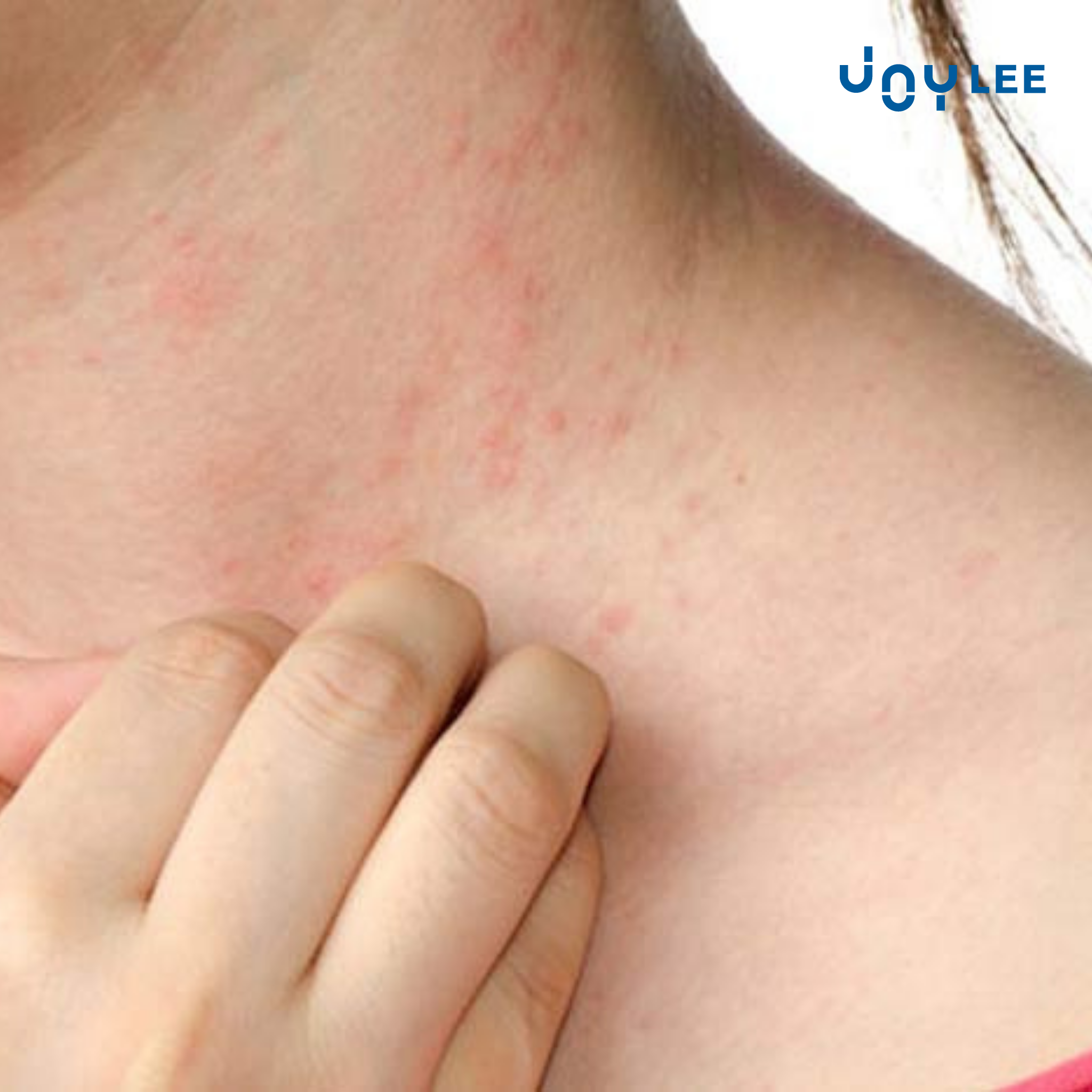
DUST MITES - OUR BIGGEST ENEMY OF ALLERGY
Have you ever encounter unexplainable skin or nose allergies? Dust mites, or so called bed mites might be the cause! Dust mites are tiny insects that live indoor and commonly thrive is mattresses, pillow, carpet, stuffed doll or even clothes. Dust mites is very tiny and only can be seen with a microscope.
We often encounter lots of skin rashes or stuffy nose and we are unaware that dust mites is causing it as it is unseen. It feed on organic matter such as flakes of skin. Therefore, dust mites like to attach on human skin. Other than that, they loved padded material and prefer humid condition.
How to deal with dust mites?
Get to know more about dust mites.
Dust mites is really difficult to detect due to its small size. It looks like a small and white spider. Males dust mites can live over a month, while female dust mites can live up to 90 days.
The reason why dust mites live indoor with human is because we always accumulate dead skin cells in our home. For example, bed, furniture, stuffed animals, carpet and more. On an average day, one person may shed 1.5 grams of dead skin cells, which can feed up to one million dust mites at a time.
Dust mites favor hot and humid climates and they love to burrow themselves deep into cloth fibers. Also, dust mites can cause allergies to your nose or skin, especially their skin and fecal.
What causes dust mites?
As mentioned previously , dust mites love humid environment as they could absorb water to survive. For example, there will be dust mites in our pillow when we sweat on our pillow or accidentally wet the carpet. Humidity in the air will also encourage the growth of dust mites.
Other than that, dust mites is so called "dust" is because they often travel with dust and transmit through air. Therefore, dust is one of the causes of dust mites too.
Why are dust mite harmful to us?
Dust mites is the most common causes for allergies. There are quite obvious symptoms on dust mites allergies such as sneezing, red eyes, nasal congestion, postnatal drip, coughing, swollen under your eyes and more.
In the case for little baby or infant, dust mites could cause sinusitis.
Click here to learn more about sinusitis.
In the worst case, dust mites could cause or worsen asthma. If your dust mite allergy contributes to asthma, you may also experience difficulties in breathing, chest tightness or pain, wheezing sound when exhaling, insomnia cause by shortness of breathing, cold or flu. People with asthma might have difficult managing asthma symptoms. They may be at risk of asthma attacks that require immediate medical treatment or emergency care.
Additionally , dust mites will cause skin rashes because of allergic reaction. However, dust mites does not bite your skin, they only create allergic reaction that may induce skin rashes. It is often itchy in nature.
How to prevent Dust Mites?
As dust mites could cause allergy to human body, therefore it is important for us to prevent it. As we know that dust mites favor humid and dusty environment, we should keep the household dust level down and keep dry.
a) Keep household dust level down
Many think that the best way to keep the household dust level down is to vacuum. Although this is efficient , however vacuum cleaner stirs up clouds of fine dust that can hang about in the air for up to 8 hours and make sneezing, runny nose, and itchiness worse. It’s best to wait until your allergic child is out of the house—at school for the day, for example—before vacuuming.
Other than vacuuming, we should clean our floor, flat surfaces, window ledges, and more, at least once a week. We should also keep the door close when we are using an air-conditioning. This is to prevent allergens and irritants brought in by air from the outside.
We could also install a air filter at home. However, air filtration should complement, not replace, measures to control mites. However, only a HEPA ( high-efficiency particulate air filter ) is efficient is reducing dust mites.
b) Keep humidity low
Dust mites flourish when the humidity is around 75% to 80%. These tiny cousins of spiders need water to survive but have no means of conserving it in their tissues. When the surrounding humidity falls below 50%, mites soon shrivel up and die.
Also, reducing household humidity can drastically reduce the dust mite population. A dehumidifier is useful for drying out the air. Take care to empty the water pan daily and scour it to stop the growth of microscopic molds.
Keep the air in your bedroom moist enough to breathe but dry enough to discourage mites.
c) Ultraviolet (UV) disinfection
Ultraviolet disinfection is a technology that could eliminate microorganism. By using ultraviolet disinfection, dust mites will not be able to survive with direct expose to UV light.
The benefit of UV disinfection is that it will not leave any chemical residue behind. Therefore, it is suitable to use as "mites killer" on children's stuffed toys. With a deep disinfection, the chance of dust mites to survive is 0.01%.
Introducing
JOYLEE®️ LED Ultraviolet Disinfection Rod V2
Disinfect and avoid 99.9% of dust mites.
UV Sterilizer Rod is suitable to sterilize almost everything (such as towels) without damaging the material with harmful chemical as UVC light does not contain any chemical substance.
It provide deep disinfection with just 3 minutes and instant disinfection with 10 seconds.










